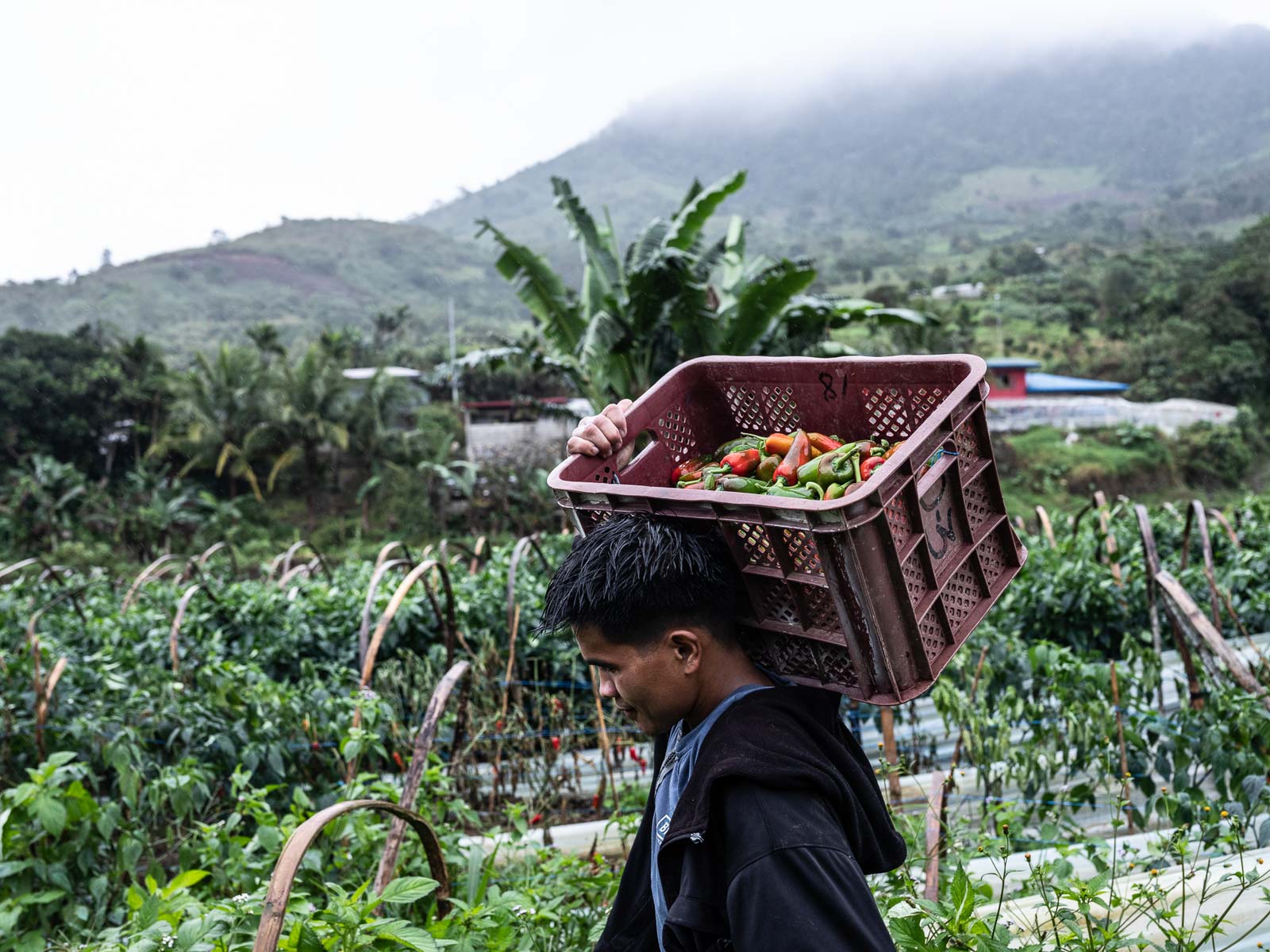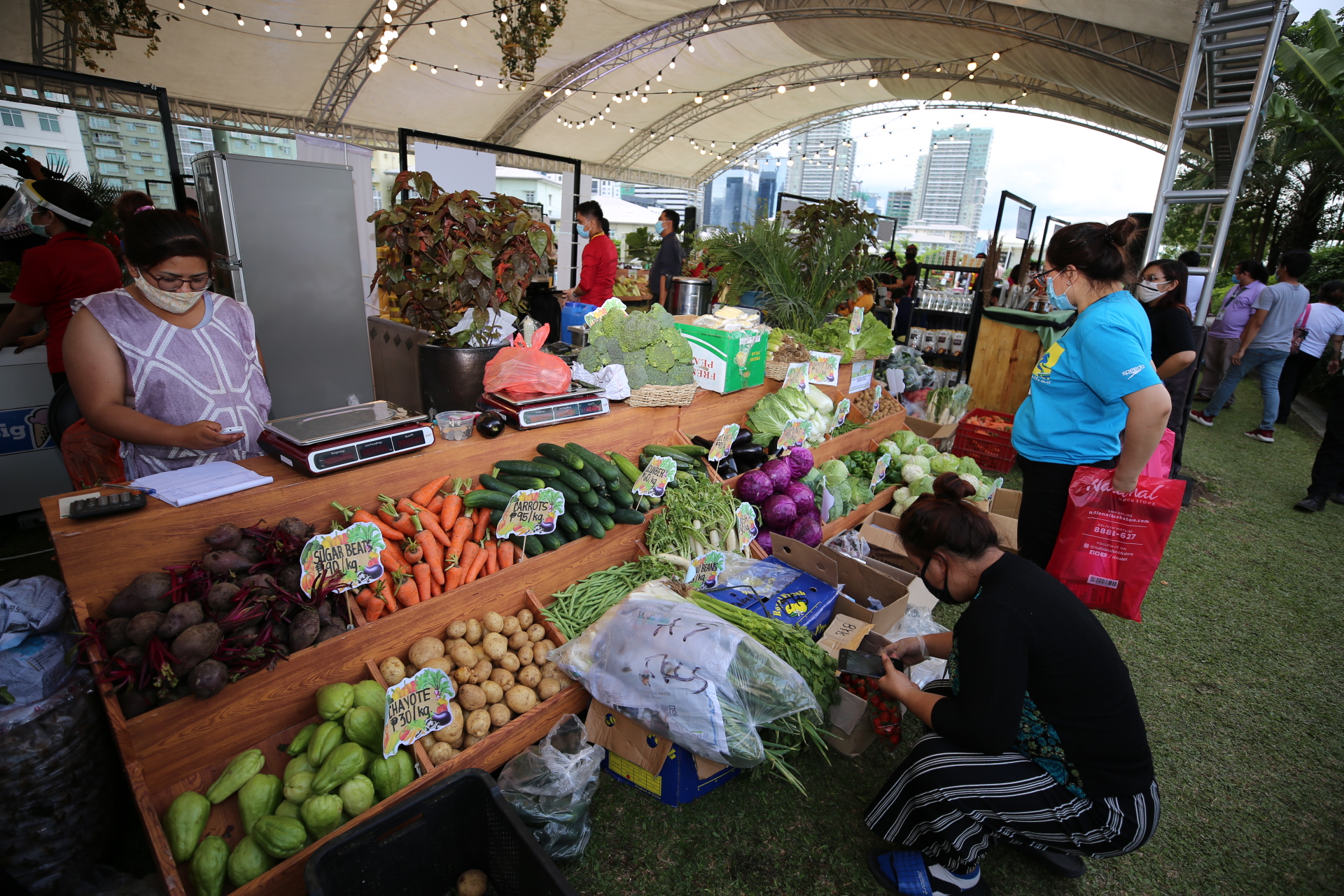A researcher from the state-owned Philippine Institute for Development Studies (PID) suggests that attaining food security in the country requires more than just urban gardens and educational campaigns and that infrastructure plays a crucial role as well.
Ivory Myka Galang, a Supervising Research Specialist at PID, stated that the Department of Agriculture’s (DA) food security plan centers around promoting urban gardening and producing pre-packaged nutritious products.
According to Galang, the framework for food security also includes educational initiatives like the Pinggang Pinoy seal and school nutrition programs like supplementary feeding. However, more efforts are necessary to achieve food security.

Galang also explained that infrastructure greatly impacts the cost of food, as perishable items are susceptible to temperature and handling during transportation. If poor roads or inadequate storage facilities result in food damage, it can lead to higher rates of waste, and in turn, raise food prices.
She added that the importance of considering food security from a holistic perspective, as transport and food infrastructure can impact both food availability and accessibility.

In addition, pointed out that food systems are linked to transportation, energy, health, and other systems. She emphasized that addressing food security is necessary for achieving the ultimate goal of nutrition security. Galang also stated that the country has potential to achieve food security as evidenced by the collaboration of government agencies and other sectors to implement both short-term and long-term solutions.
Galang explained that food security, according to the World Food Summit definition, is achieved when food supply availability, physical and economic accessibility, utilization (including consumption, safety, and quality), and price and volume stability are guaranteed. Despite the Philippines having a 100% self-sufficiency ratio (SSR) in meeting domestic demand, recent data from the Philippine Statistics Authority showed a decrease in SSR of rice, pork, chicken, tuna, and galunggong to 90% and 80%, respectively. However, the number of Filipino households experiencing moderate to severe food insecurity rose from 43% to 62% during the Covid-19 pandemic, according to DOST-FNRI data. The country’s ranking in the Global Food Security Index dropped to 67th out of 113 countries in 2022.






